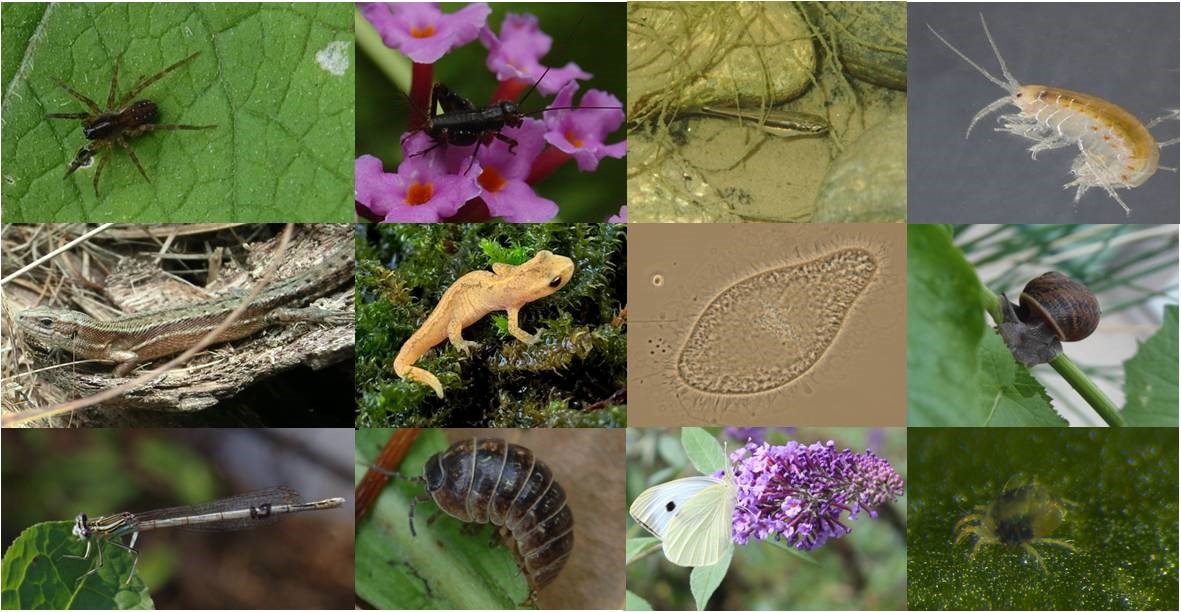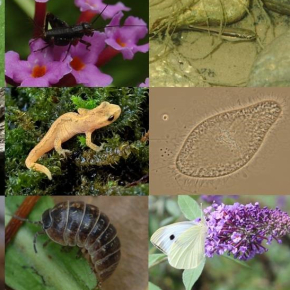
Biodiversity: Does the dispersion of species always follow the same rules?
It is common among many species for individuals to move around during their lifetime in order to settle in better adapted habitats, a process known as dispersion by ecologists. In order to improve scientific predictions of the future of biodiversity in the face of global changes1 it is very important to understand the mechanisms of dispersion, which modulates the adaptation of species to their environment. Yet this process is very often simplified in current predictive models, underestimating the impact of global change. In a new study to be published in the journal Nature Ecology & Evolution, an international network of researchers, including four French CNRS laboratories2 has established certain general rules to explain the dispersion of species from very different kingdoms. They thus demonstrate that of 21 species, ranging from microorganisms to vertebrates, dispersion responds to forces created by other species present in the ecological network, namely the presence of predators and the abundance of food. This dependence on the presence or absence of other species must thus be taken into account in models predicting global change.

© Julien Cote
- 1Notably climate change, landscape fragmentation, and biological invasions.
- 2The following laboratories: Evolution et diversité biologique de Toulouse (CNRS/UT3 Paul Sabatier/IRD), Station d’écologie théorique et expérimentale de Moulis (CNRS/UT3 Paul Sabatier), Institut des Sciences de l’évolution de Montpellier (CNRS/Université de Montpellier/IRD/EPHE), Ecobio laboratory (CNRS/Université Rennes 1)
Bottom-up and top-down control of dispersal across major organismal groups. Emanuel Fronhofer, Delphine Legrand, Florian Altermatt, Armelle Anstart, Simon Blanchet, Dries Bonte, Alexis Chaine, Maxime Dahirel, Frederik De Laender, Jonathan de Raedt, Lucie Di Gesu, Staffan Jacob, Oliver Kaltz, Estelle Laurent, Chelsea Little, Luc Madec, Florent Manzi, Stefano Masier, Felix Pellerin, Frank Pennekamp, Nicolas Schtickzelle, Lieven Therry, Alexandre Vong, Lauranne Winandy, and Julien Cote, Nature Ecology and Evolution, le 5 novembre 2018. DOI 10.1038/s41559-018-0686-0 https://www.nature.com/articles/s41559-018-0686-0


